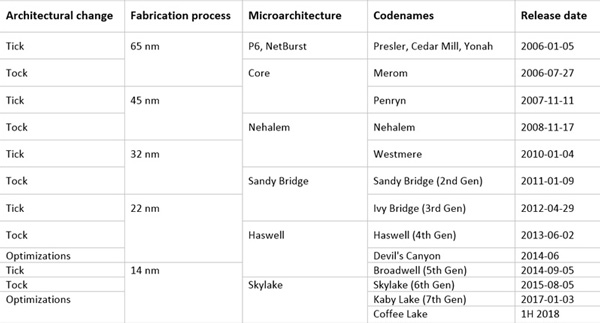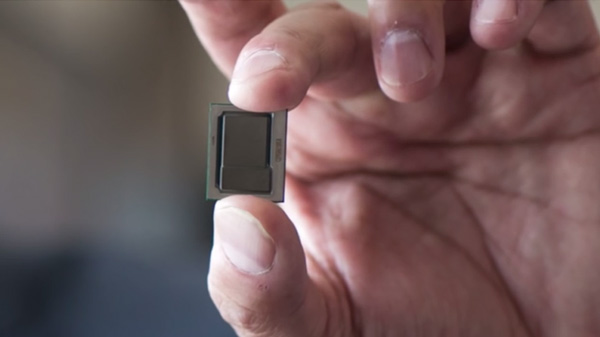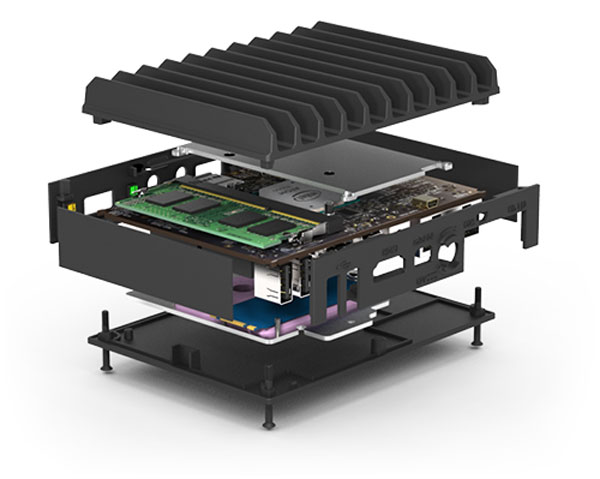Understand Kaby Lake CPU and the Tick-Tock model
Apr 28, 2017At the end of 2016, Intel announced the release of the 7th generation of Intel CPU answering the name of Kaby Lake. The first very important thing you need to know about Kaby Lake is that it signs the end of the “Tick Tock” model that Intel has been following since 2006.
Ending the Tick-Tock Model
Since 2006, Intel has been using a “Tick Tock” model to represent their manufacturing process. Each “Tick” represents the first Micro-Architecture codename of the fabrication process with a new die shrink, following by an update of the processor’s architecture (“tock”).
Broadwell CPU was the last tick (14 nm) and 6th Gen Skylake CPU was the tock. No Tick will be released and Kaby Lake becomes the first micro architecture of the new Intel’s process.
From Tick-Tock to Optimization
Intel was originally planning on moving from Skylake to Cannonlake, by using a 10nm process. Delays caused Intel to release another “tock” instead, which is why we are seeing Kaby Lake processors, using the same 14nm process, with some optimizations to improve their performance over the Skylake processors.
Coffee lake, will be second optimization of the 14nm model and should be introduced in the second semester this year. Then the next size of microprocessor Process (10nm) is planned to happen at the end of this year with Cannonlake, first “Process” of this development model. With this micro-architecture, you can expect more performance and energy saving.

Intel corporate vice president and general manager Navin Shenoy holding Kaby Lake Chipset.
Kaby Lake: 4K Ready Processor
Kaby Lake is a “4K Ready Processor”! This key feature enables the CPU to render higher graphics and to offer a native support for HEVC encoding and decoding for 4K videos. Because the CPU hands graphics tasks to the GPU instead of utilizing its own core, you will be able to stream videos faster and consumes less.
As a result, our mini PC powered by Kaby Lake CPU streams videos better and faster. It offers a very high video resolution with two 4K video outputs: 4096*2304@60 (4K 16:9) on Display Port and better FPS on HDMI ports: 4096*2160@30 (4K DCI Ratio 1.9:1).
As you can see, we are talking 4K DCI over 4K TV (3840x2160): this is better for digital signage applications and need of large screens. Support for true 4K video encoding/decoding will also bring crisp, sharp image quality that signage, video surveillance and CCTV managers will truly appreciate.
Faster Clock Speed & Turbo Boost
Compared with previous generations, 7th Gen Intel Kaby Lake delivers a higher base clock speed - enhanced under Turbo Boost. For the end-user, results expected with a Kaby Lake PC are a faster commands execution and lower power consumption.
Intel core i7 Clock Speed comparison:
This is not a feature coming from the CPU but our Intel KabyLake Mini PC enhances also booting time and power efficiency thanks to a M.2 B-Key. M.2 can be used for storage SATA 3, USB3, USB2 or PCIe for small devices and optimises data exchanges using high-speed SATA connection for a faster and lower consumption on storage.
 Part of
Part of 
